In the quiet corners of domestic life, where the clatter of pots and pans often drowns out the murmur of creative thought, women have historically carved out spaces for intellectual and artistic expression. Virginia Woolf’s famous assertion that a woman needs "a room of one’s own" to write fiction has long been a rallying cry for female autonomy in literature. Yet, long before Woolf articulated this idea, women were claiming their own creative territories—not in secluded studies or sunlit parlors, but in the heart of the home: the kitchen. The kitchen, often dismissed as a site of drudgery, has functioned as an unlikely but potent feminine enclave, a place where women could nurture both their families and their imaginations.
The kitchen’s dual role as a space of labor and creativity is exemplified in the work of writers like Sandra Cisneros, whose The House on Mango Street pays homage to the stories whispered over simmering pots, and Laura Esquivel, whose Like Water for Chocolate weaves magic into the very act of cooking. Esquivel’s Tita, forbidden to marry and confined to the kitchen, channels her passions into her cooking, transforming food into a language of desire and rebellion. Here, the kitchen is not just a place of confinement but a stage for subversion, where the act of kneading dough or stirring a sauce becomes an act of defiance. The hearth, far from being a prison, emerges as a site of power—a place where women, denied access to public platforms, could nonetheless assert their voices.
Woolf’s "room of one’s own" and Esquivel’s kitchen might seem like opposing symbols—one representing solitude and the other communal labor—but they share a deeper kinship. Both are spaces where women reclaim agency over their creativity. Woolf’s room is a deliberate rejection of domestic intrusion, a sanctuary where a woman might write uninterrupted. The kitchen, by contrast, is a space of constant interruption, where creativity must be snatched between chores. And yet, it is precisely this tension that makes the kitchen such a fertile ground for art. The rhythms of cooking—the chopping, the stirring, the waiting—mirror the rhythms of writing. Both require patience, both demand attention to detail, and both are, at their core, acts of love.
Historically, the kitchen has been a place where women could gather, exchange stories, and preserve oral traditions. In many cultures, recipes themselves are narratives, passed down through generations like heirlooms. The act of cooking becomes a way of encoding memory, of keeping alive the voices of women who might otherwise be forgotten. This is particularly true in marginalized communities, where written histories often exclude women’s experiences. The kitchen, then, becomes an archive, a place where history is written not in ink but in spice and salt.
Today, as more women claim public spaces for their art, the kitchen’s role as a creative haven might seem diminished. And yet, it endures—not as a relic of oppression but as a testament to resilience. Contemporary writers and artists continue to draw inspiration from the kitchen, reimagining it as a site of both tradition and innovation. The rise of food writing, the popularity of culinary memoirs, and the resurgence of feminist interest in domestic arts all speak to the kitchen’s enduring power. It is no longer just a place where creativity happens in spite of confinement; it is a place where confinement itself is redefined, where the boundaries between labor and art blur.
Woolf’s room and Esquivel’s kitchen, then, are not opposites but complements. One is a retreat, the other a stage; one is private, the other communal. Together, they remind us that creativity flourishes not in isolation but in dialogue—with the self, with tradition, with the rhythms of daily life. The kitchen, far from being a footnote in the history of women’s art, is central to it. It is a place where the mundane becomes magical, where the act of feeding a family becomes an act of storytelling. And in that alchemy, we find a truth that Woolf herself might have appreciated: that sometimes, the most revolutionary art begins not at a desk, but at a stove.
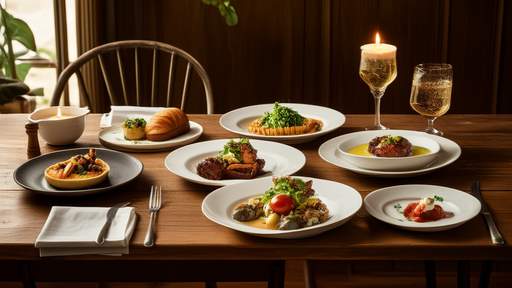
By /Jun 6, 2025
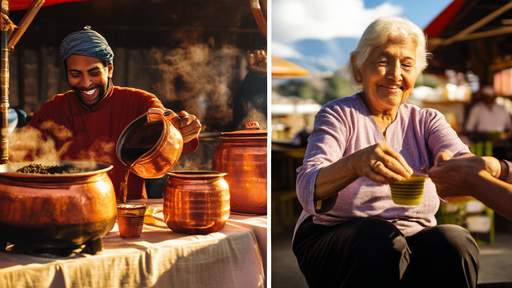
By /Jun 5, 2025
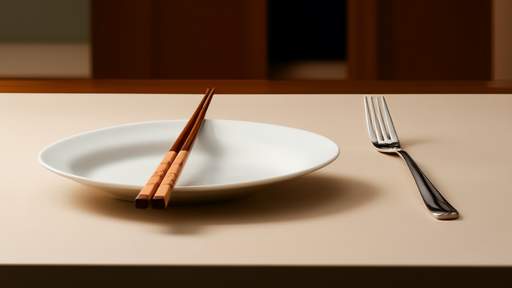
By /Jun 5, 2025

By /Jun 5, 2025
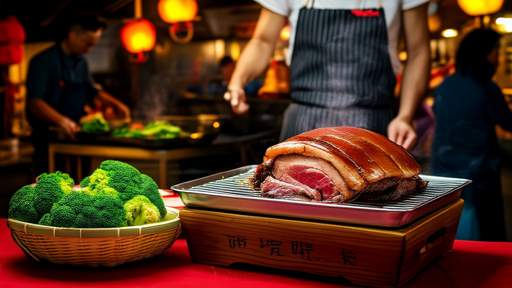
By /Jun 5, 2025
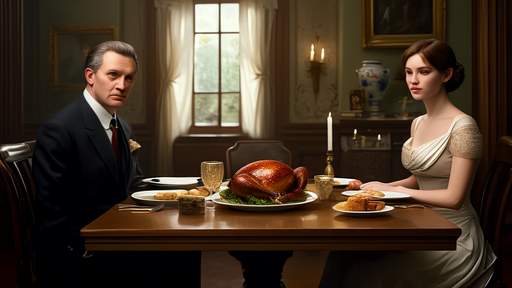
By /Jun 5, 2025

By /Jun 5, 2025
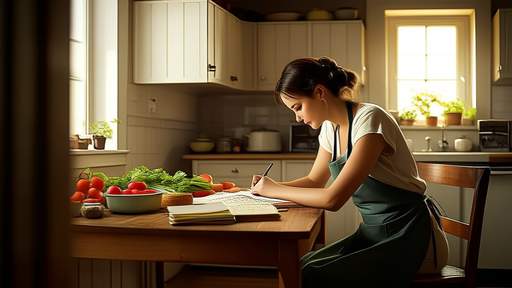
By /Jun 5, 2025

By /Jun 5, 2025
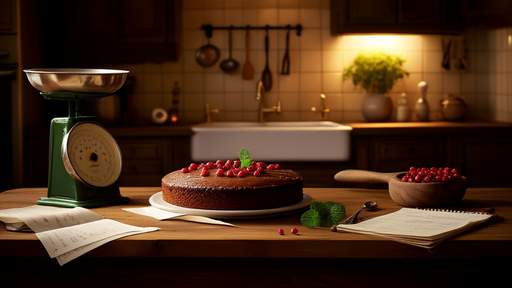
By /Jun 5, 2025

By /Jun 5, 2025

By /Jun 5, 2025

By /Jun 5, 2025

By /Jun 5, 2025
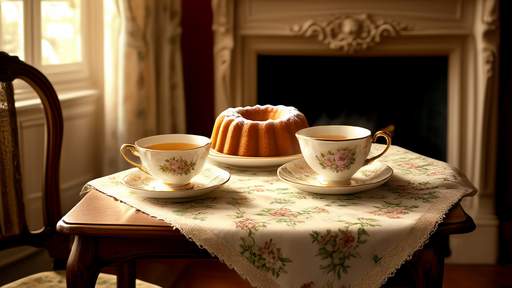
By /Jun 5, 2025

By /Jun 5, 2025

By /Jun 5, 2025

By /Jun 5, 2025

By /Jun 5, 2025
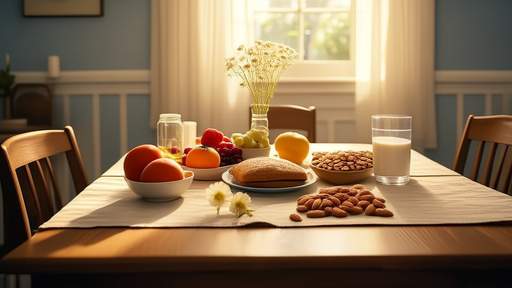
By /Jun 5, 2025